Steph W. from SEOPressor


...help you check your website and tell you exactly how to rank higher?


83
score %
SEO Score

Found us from search engine?
We rank high, you can too.
SEOPressor helps you to optimize your on-page SEO for higher & improved search ranking.
By winniewong on July 22, 2020
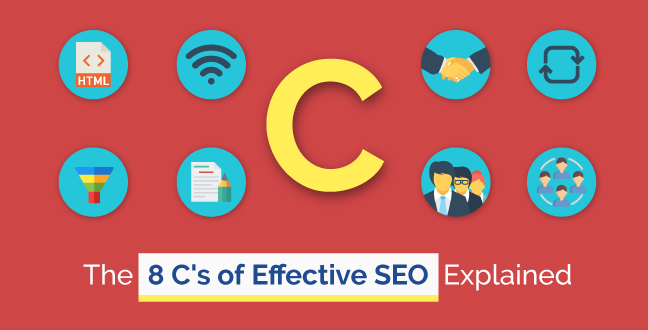
Quick question: Are you familiar with your “C’s”?
If you don’t already know, there are many aspects in the world that uses the “C’s” as a framework. You might come across the C’s in these areas, for instance:
…. and so much more.
With that in mind, I figured why not come up with the C’s of Effective SEO? Hence, the birth of this blog post today. Although they are just eight small words beginning with a letter “C”, their importance for effective SEO is the same as the importance of the 8 wonders of the world.
Simply put, the future of SEO lies in this 8 C’s of content marketing strategies. Obviously, effective search engine optimization is much deeper and the tactics are more specific than the 8 C’s when you’re practicing true organic search engine optimization.
However, I believe that there are general principles you ought to know and follow to achieve utmost success in SEO.
Let’s begin.

We often hear the phrase “Content is King”.
Indeed.
To write an effective SEO content that will rank, it is important to create content that appeals to your audience and provides a quick, concise answer to their question. If you’ve been in this field for long, I believe you’ll agree with me that this can be the most challenging task of a SEO copywriter, since it is never easy to determine a user’s intent.
Establishing a content strategy is the fundamental first step. It’s not just a matter of “Oh, we’ll create a blog.” Always communicate a clear and compelling message to lead your reader into understanding your unique story. Here are a few steps to writing a good SEO content:
It is important to conduct keyword research to identify the keywords that are searched in relation to your topic. Never “assume” what people are searching for, but check with actual data from Google. Remember that if we want to get noticed by Google in order to be accessible to the public, we need to take into consideration what users are looking for.
We need to keep in mind that the content we are creating needs to appeal to people, and written FOR people. Take into consideration what Google wants to see at the same time not forgetting your audience is HUMAN.
Longer blog posts get you noticed by both search engines and users. It is no surprise that search engines tend to give preference to longer, more in-depth blogs. This is not due to the fact that longer articles have a range of different keywords scattered all over, but it is also how much the user finds the content useful to their liking.
Writing awesome blog posts won’t instantly improve your ranking but in the long run, it will definitely have a positive effect on your SEO methods!
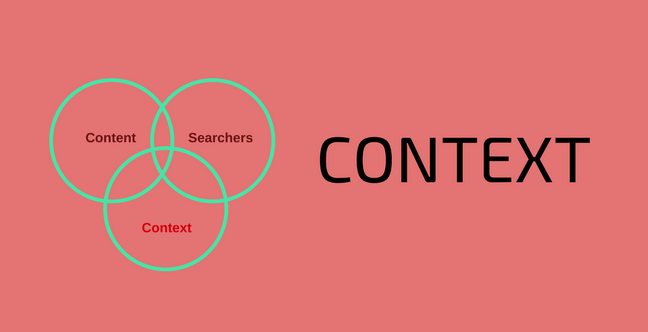
If content is king, then context is his closest advisor.
I don’t know if you’ve noticed, Google’s approach to understanding the connections between content online is becoming increasingly “human”. Dozens of sources; maps to determine if your site is relevant, on page data to understand if your content is relevant and enjoyable. The most important factor however, are links.
1. Domain Authority – How trusted and influential your site is, determined by the relevancy and quality of the people who link to you. Read more about it here; https://seopressor.com/blog/how-to-increase-domain-authority/
2. Page Authority – Similar to domain authority, but focused on the topics covered on a particular page. We also have a blog post about it here: https://seopressor.com/blog/how-to-increase-page-authority/
Search engines are rapidly developing the way they form links between content. To create connections which are similar to the way we do offline, with the goal of making your experience more natural and tailored to your tastes.

When performing SEO audits, you’ll find yourself neck deep in the code at some point.
Code refers to the extra emphasis you place on content behind the scenes. How your website’s code is constructed will influence how your site’s information is interpreted by Search Engines. Among other things, it involves meta tags, title tags, headings, hyperlinks, bullet lists and other techniques to bring more attention to specific words.
Make sure you pay full attention to these few tips:
With the escalation of database-driven content management systems (CMS) such as SEO for WordPress, much of the source code behind that helps define the content and layout is standardized. Don’t have a gazillion links on your page. Make sure that your visitors can get anywhere on your site with three clicks of their mouse.

First goal of your social media strategy = connectivity.
SEO is rapidly becoming more socially focused, both online and off. Connectivity or conversations are your social media strategy’s first goal. Search engine optimization is becoming less about finding out how search works, and more geared towards a great experience for your customers.
How many people have bookmarked you? How many have shared you on Facebook? How many have Tweeted about you? Is anybody buzzing about your website?
Whether an empty “Hi” or an adoring comment, even a hate or know it all comment, this all add up to maintaining and improving organic reach. Take chance of this two-way and multi-party dialogue, instead of the traditional one-way corporate communication.
Conversation is about having the confidence to actively engage in discussion, not just about your site, but around it. Demonstrating that you’re knowledgeable about your business that you can make conversation; and ultimately direct people to your website. This is where SEO comes in full circle. Make content, provide context to fuel conversation: your customers will ask questions, which helps to define your content.
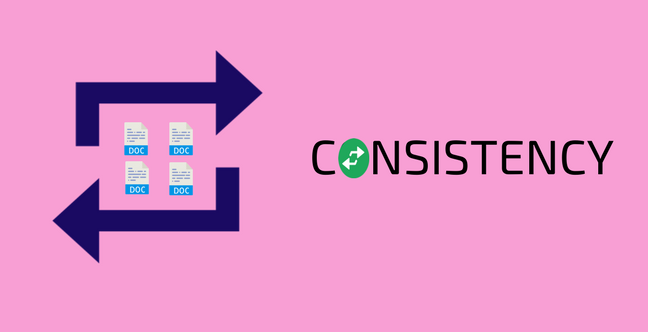
In SEO, the small stuffs truly matters and consistency is especially powerful.
If you ask people what they think is necessary to get a website ranking high for a particular keyword, most of us will mention things like an optimized title tag, unique content and so on. While those factors are indeed important for SEO, they will produce very small results if you don’t combine them with consistency.
Allow me to tell you how impactful it will be on your SEO:
The more frequently you update your site with fresh content, the more opportunities you have to strengthen your SEO and be indexed higher by search engines.
The more blog posts you create, the more chances you have to boost your SEO rankings for a variety of keyword phrases. Because of blogging, the number of keyword phrases our users rank for typically doubles within a year.
Blogging on a consistent schedule improves the chances that your readers will see you as a credible brand that they can always trust and look to for guidance on related issues. When you blog consistently, you create the impression that your brand is here to stay.
The bottom line is that while the quality of your content matters, how frequently you post and update your content is vitally important too. Balancing the relationship between quality and frequency is critical.
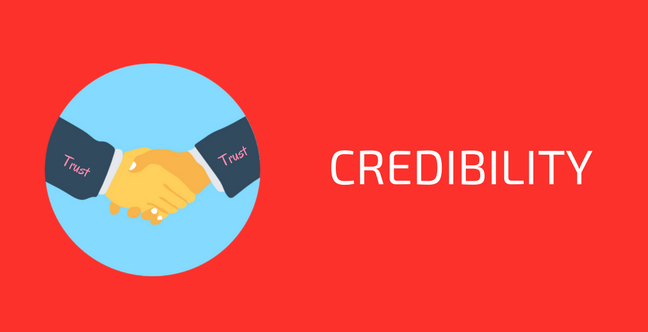
Part of making a site a success from an SEO standpoint is making it credible and trustworthy.
To push yourself above and beyond the noisy competition, you need to build a sense of credibility with the search engine. Over a million sites can offer some information about virtually any keyword you can think of. So, how does Google determine which ten make it to the first page?
Let’s say a user is searching for “badminton racquet”. It’s not just enough to have the term occurring in your content a few times, and then optimize your title, ALT and META tags. This is where inbound linking comes in. You need to know why it is important for those links to come from related and authority sites and not just anybody.
With Google, it is always quality over quantity.

WHO are your consumers?
In any and every business, the very first thing you need to determine is WHO are your target audience. Without this vital piece of information, you can’t possibly figure out what to blog about. This will vary completely based on the business you operate and the products you are offering.
Take for example, if you are a wedding photographer, then your ideal client is probably between the ages of 20 – 30 and female. This doesn’t mean that someone older or a male may not inquire about your services. But, this is the audience that is most interested in what you have to offer. This may take you some time to do a research and figure out exactly who your ideal clientele but it will be SO worth it in the end.
You need to really get to know how your customers think, develop content that they need across their entire journey, and test tot see what works best at each stage. Your success will come not only from customers that experience satisfying visits to your site, but also from delivering better experiences for potentially your most influential site visitors of all – the search engines.
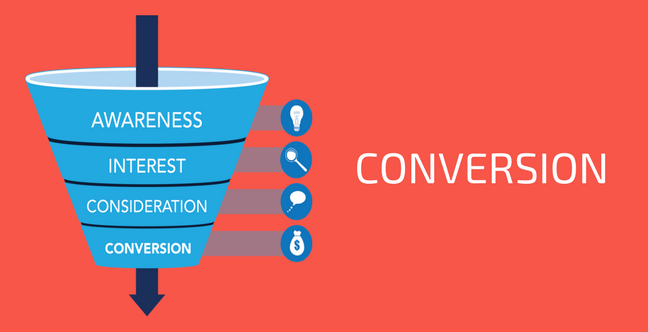
SEOs must focus on increasing conversions when delivering qualified traffic to their clients’ websites.
This is a bonus tip, but is by no means less important. If you are not seeing any increase in leads and sales, then you need to re-evaluate your SEO strategy. Where rubber meets road, no company is willing to invest its hard-earned cash towards SEO basics only to increase traffic.
The real magic or the real return comes from an increase in sales = conversion.
To ensure you stay on top of your conversions, carefully analyze your site traffic and other metrics to find out what your potential target audience is looking for right now.

Now you know the 8 C’s – Content, Context, Code, Connectivity, Consistency, Credibility, Consumer, Conversion, the next SEO strategy is to put them into practice. That’s not so hard when you think about it right? When you boil things down to those simple ideas, you’re bound to have a much better presence in search.
Are there any more C’s you have in mind and would like to share? Do let me know in the comments below!
Updated: 28 December 2025


Save thousands of dollars (it’s 100x cheaper)

Zero risk of Google penalty (it’s Google-approved)

Boost your rankings (proven by case studies)
Rank High With This Link Strategy
Precise, Simplified, Fast Internal Linking.
